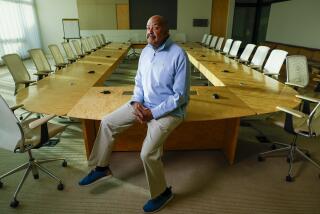A band saw, a drill press and $2.3 million. College celebrates largest donation ever as ‘transformative’
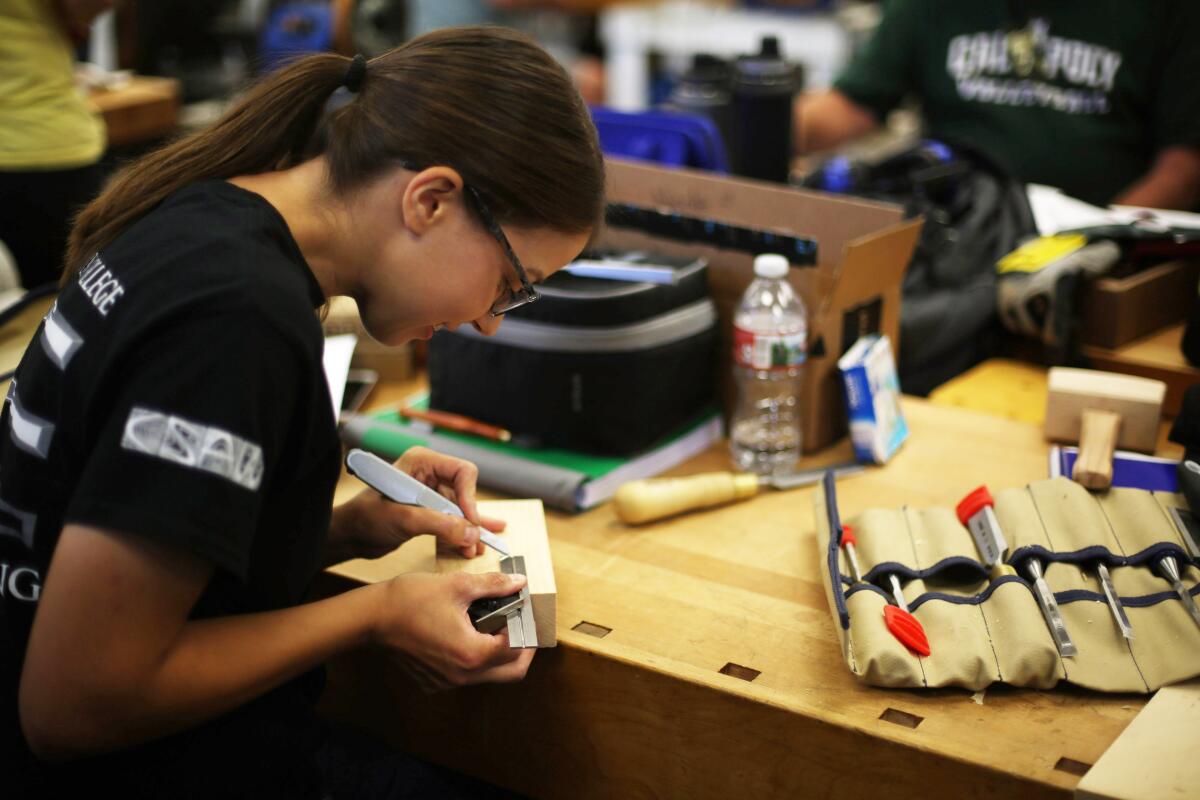
The college president called the gift “transformative.” The biggest his institution had ever received. More than twice the size of the previous record holder.
Students who might someday get scholarships from the mysterious donor’s bequest were stunned. The gift, said the campus spokeswoman, “is almost like it’s divine.”
This is an era when the mega-rich are grabbing flashy headlines with enormous donations to higher education. Think Michael Bloomberg, who gave $1.8 billion to Johns Hopkins University in Baltimore. Or Beverly Hills billionaires Stewart and Lynda Resnick, who donated $750 million to Caltech in September to fund climate change research.
This largest ever gift? A band saw, a drill press and $2.3 million.
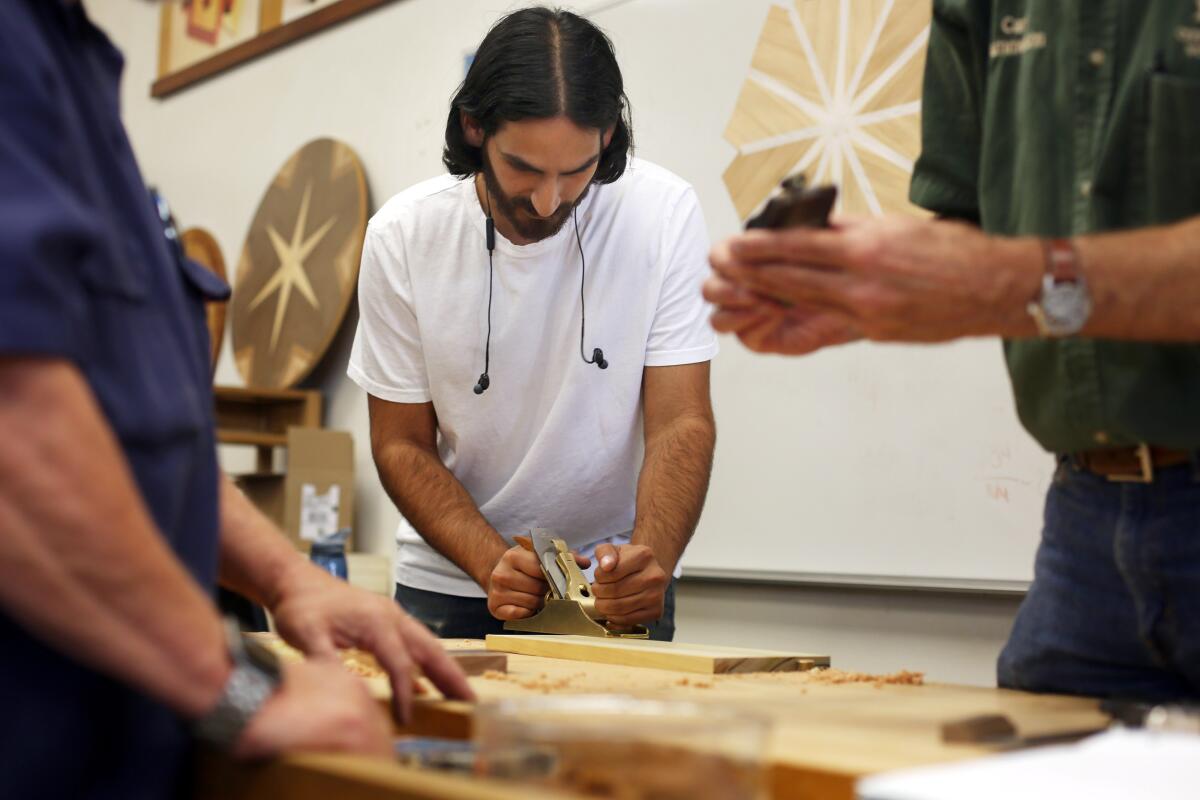
The lucky school is Cerritos College, one of California’s 115 educational workhorses, a two-year campus where nearly two-thirds of the student body lives at or below the poverty line, 82% receive financial aid and 70% attend part time, largely so they can hold down jobs.
The program? Woodworking, vocational education at its most beautiful and sweet smelling.
The donor is the late John B. Smith Jr. of Paso Robles, Calif. Chances are you’ve never heard of him. College officials hadn’t until recently. But just consider this generous alum’s example.
No disrespect to the Ivy League or other elite institutions, but if you want your legacy to really matter, said Cerritos College President Jose Fierro, a community college bequest is the way to go.
“Two million dollars to Caltech is just another number in a very large endowment,” Fierro said. “Two million dollars for us is transformative. You can actually see the difference … it helps students who can’t pay the rent the next month to graduate.”
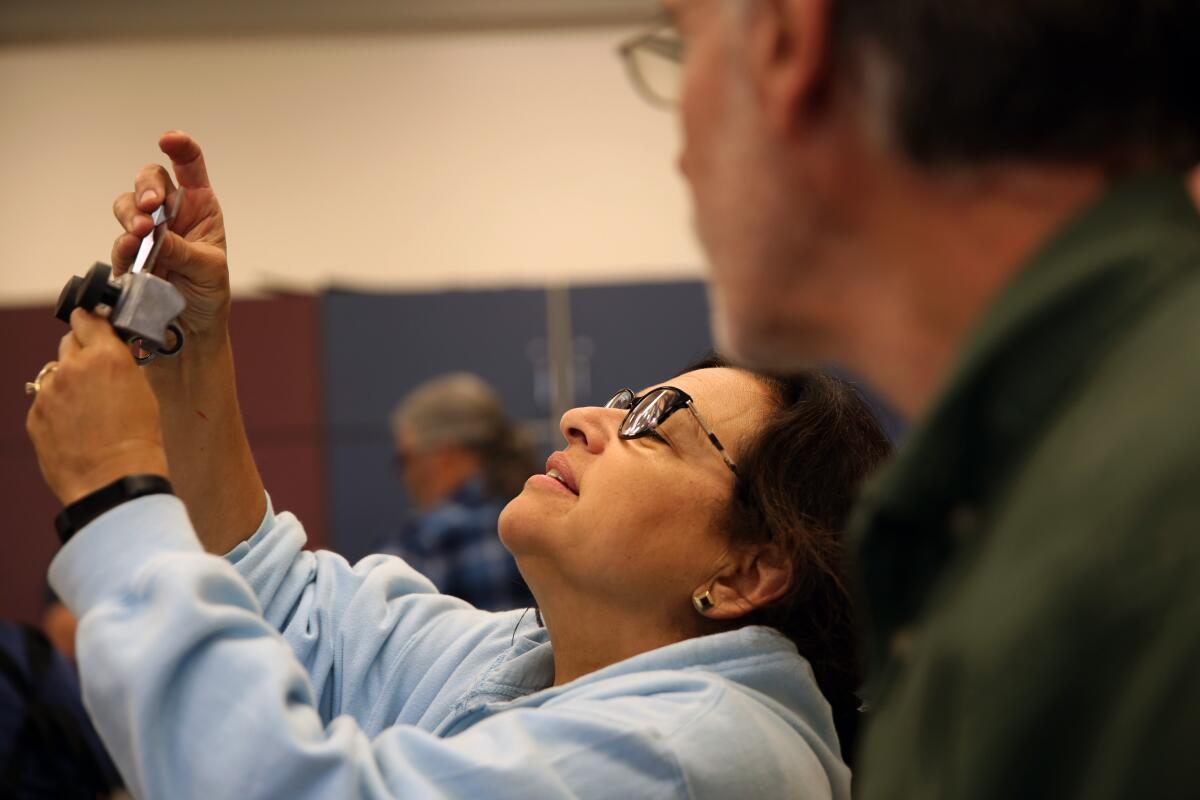
Cerritos has yet to set up the John B. Smith Jr. Woodworking Scholarship infrastructure, hasn’t figured out the size of the awards or what students will need to be eligible. But Fierro said a $1,000 bump would matter to his students.
“Even $500 gets the students to the next step,” he said.
Ivy League universities figured out how to woo philanthropists and tap successful alumni 200 years ago, said Geoff Green, vice president of the Network of California Community College Foundations.
The University of California system caught on between 20 and 40 years ago.
“And the community colleges,” he said, “figured this out last Tuesday.”
Gifts such as Smith’s are still rare, added Green, who is chief executive of the Santa Barbara City College Foundation, but community college giving has been on the upswing since 2008.
That’s when the Bernard Osher Foundation gave $25 million to establish the California Community Colleges Scholarship Endowment and kick-started a three-year fundraising campaign with additional matching millions. Since then, big-for-community-college gifts have been slowly adding up.
In 2016, the Herb Alpert Foundation gave $10.1 million to Los Angeles City College to benefit music majors. Two years later, Ventura College received a $12-million bequest from late philanthropist Miriam Emily Schwab, who played violin with the Ventura College Symphony Orchestra.
“People get that community colleges are a tremendous resource, and now it’s our job to make sure that the philanthropy to community colleges matches the impact they have,” Green said.
Such a message was not lost on Smith, who was born in Wichita Falls, Texas, and graduated from Torrance’s North High School in 1962. After retiring from the aerospace industry, where he was an engineering draftsman for a decade, he took woodworking courses at Cerritos College before moving to the Central Coast.
That is pretty much all Cerritos College officials and faculty know about the man who died in 2015, the day before his 71st birthday.
They didn’t even know how much his gift would be or when they would get it, because the estate first went to care for his mother, Wiletta Claire Smith.
Smith married his high school sweetheart, but they separated three or four years later, said Judy Rogell, his ex-wife. The couple got back together in the 1980s; that time their union lasted about five years. He had no children. Beyond his mother, Rogell said, “he really didn’t have anybody else that he wanted to leave anything to, as far as I know.”
Wiletta Smith died in September 2018. She was 95. The bequest landed at Cerritos College in August.
“When it arrived, it was twice as much as we thought it would be,” said a still-amazed Reuben Foat, chairman of the Woodworking Manufacturing Technologies Department. “It keeps me up at night thinking about what we can do with the money. In a good way, dreaming.”
Smith lived on an oak-filled ranch in the rolling hills of Paso Robles. He had built himself a custom wood shop about as big as the garage it was attached to, filled with workbenches and hand tools, a disk sander and a plethora of clamps. The most impressive equipment — sturdy and useful enough for the college — were a Powermatic drill press and a band saw as tall as an NBA player.
Today they stand in the demo lab in Room WD 3 on the sprawling Norwalk campus. Each has a wooden plaque beside it that declares, proudly, “Donated by former student John B. Smith, March 9, 1944 - March 8, 2015.”
Smith was a Cerritos College student sometime in the ‘90s, school officials said, but no one on campus remembers him. The woodworking department found out about the tools through a call from his Torrance-based accountant, Lou Atha.
Atha has since died; daughter Lori James said Smith and her mother were tight friends. But even she doesn’t know all that much more about the tall, handsome, white-haired man she said was always game for a good time. He gave her an intricately carved wooden box he’d made. She keeps it on her desk.
“He traveled with my mother,” James recalled. “She was blind at the time and 20 years older than him. He enabled her to travel to Istanbul. That was the big one that made my eyes pop.”
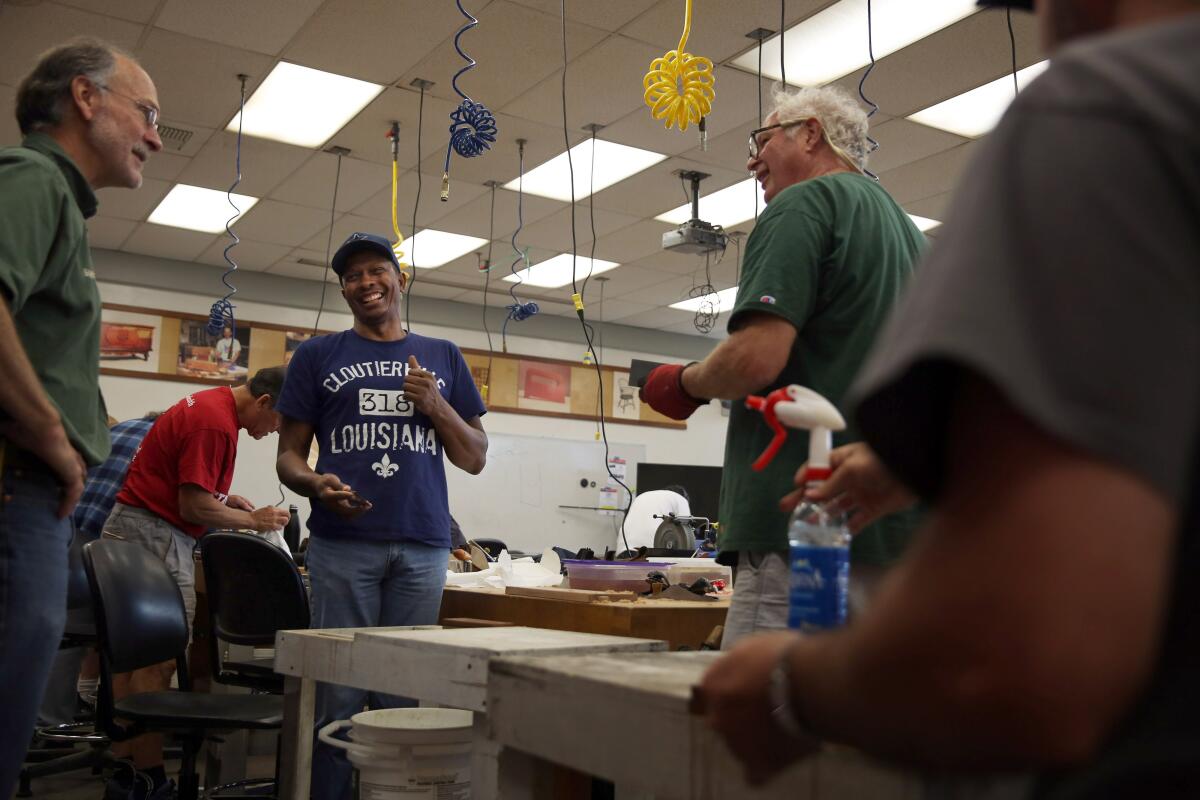
It is Tuesday afternoon, the first day of October, and Carl Stammerjohn’s hand tools class is in full swing. Every workbench is filled with students bent over projects, intent. Tubes hang from the high ceiling like multicolored snakes; blue and teal deliver compressed air; yellow are vacuums. The light scent of shaved wood hangs in the air.
Stammerjohn shows Jonny Sakhai how to flatten and smooth a board with a hand plane. Sakhai is using the tool for the first time. His plane set the 30-year-old back around $400. It is just one piece of equipment he had to buy for class. And on this day he’s unsure whether the blade is sharp enough.
“It’s great,” Stammerjohn assures him. “If it wasn’t good, we would feel some ridges or something here from a nick in the blade. It’s really sharp. The only issue is you’ve got a little too much curve.”
Stammerjohn’s class is designed to teach students how to maintain and use hand tools — for their own sake but also as a step toward the day they’ll move on to power tools, to making furniture, to learning cabinetry, maybe to a good career.
One bench over, Nicole Martellino is laying out lines on a slab of wood for chisel practice. She is 25, lives with her parents in Santa Clarita and is the kind of student who would benefit most from a gift like Smith’s.
She is able to walk into Stammerjohn’s class — an experience she says “is like Disneyland” — because of financial aid. Martellino has a California College Promise Grant, which waives the $46-per-unit fee for eligible students. A $2,285 Pell grant helps cover tools and materials and the cost of commuting 104 miles round trip four days a week.
Someday, she said, she’d like to buy a plot of land, have a wood shop and make home decor objects for sale. For now, just being in class means she is “following my woodworking dream.”
Smith’s gift, she said, “blew me away. Now other students can have the opportunity to apply for a scholarship and come here.”
Without financial aid, Martellino said, “I wouldn’t even be able to afford the gas.”
More to Read
Sign up for Essential California
The most important California stories and recommendations in your inbox every morning.
You may occasionally receive promotional content from the Los Angeles Times.


